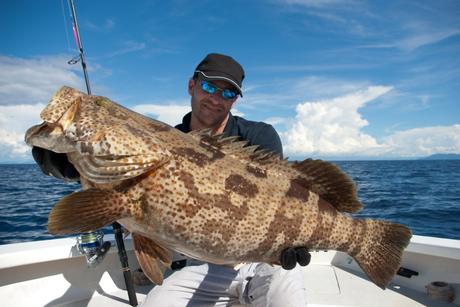
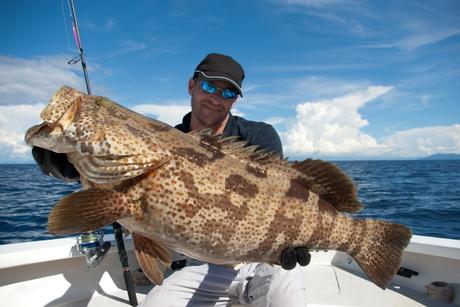
Figuring out which are the best fishing reels in the market today can be a daunting task. If you are one of the people who love fishing, you may become a bit overwhelmed in selecting the right tools and gears that make angling easier. With so many types and combinations out there, what you can do is to find a guide that will help you choose the best ones available out there.
For many beginners, they value performance and ease of operation when it comes to choosing their tools. If you are one of them, follow these tips and choose from the 11 best fishing reels that will help you catch any species you wanted. You only have to consider some factors that will give you the best run for your money.
What to Look For
Anti-Reversal Handles
Look for reels with features like instant anti-reversal handles since they are the ones that don't have any backward motions. If there are backward motions, even a little disturbance can prevent you from hooking accurately and powerfully. If you won't look for anti-reversal features, you reduce your chances of hooking up a salmon or bass during your fishing trip.
If you want to stop the reels, there should not be any backward motions. This is so that you can control the device better. You can test if this is possible by moving the handle forward, then gently reverse it and see if the movements are smooth. If you are having difficulties, choose a different one.
Easily-Adjustable and Smoother Drag
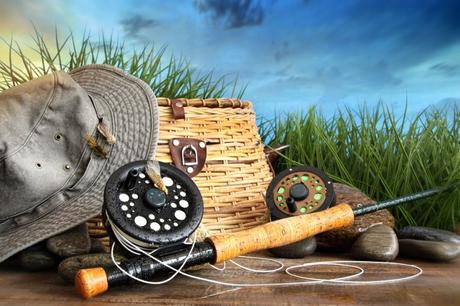
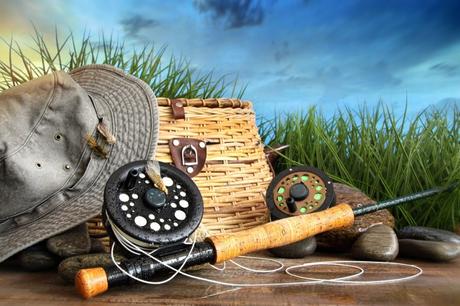
The drag system allows you to give out all the lines that you need, and the fish will be pressured as a result. You can understand more about the drag when you click here. If you have a high-quality and smooth drag system, then there's a good chance that you have found a useful device for your needs. The line will be let out seamlessly and smoothly. You won't feel any jerks and pulls as the line is going.
If you hear stuttering sounds or the jerk is similar to that of a bad transmission of a car, then this may not be the right option for you. Most seasoned anglers will recommend a front-drag system when you have a spinning lure. This way, the system will be closer to the spool, and you can have easier access to the line, especially when you notice that the catch is near.
The Amount of the Ball Bearing Matters
It's not necessary to know all the mechanics. What you need to keep in mind, though, is that the greater the amount of the bearings, the more comfortable you will retrieve your reels during their spinning. Most of the experts may recommend getting as many bearings as you can afford. You can start with five since it offers smoothness, and it comes with a cheaper price tag.
Ball bearings naturally reduce friction, and they serve to facilitate gear rotation. It would be best if you had a ball bearing to make the casting smooth, which makes your angling experience a more enjoyable experience overall. If you are a seasoned fisherman, you may want to choose among five, eight, or ten bearings if possible and see which one will work best for your reels.
The Ratio of the Gears
For you to select the best ratio will depend on the type of fishing that you do. The gear ratio is the number of rotations that bail does during one rotation of the handle. The bail is the metal arm that prevents the line from disentangling with the spool. When you open the bail, the line can freely come out of the spool, and when closed, no line can emerge.
When it comes to ratios, a 4:1 label means that it takes the bail four times to rotate during a single rotation of the handle. If you currently have lures that needed fast retrievals, the higher gear ratio is preferable. For some, they find the 4:1 ratio slow and the 6:1 a speedy one. You can also go for the all-around ratio in the 5:1 region for your specific needs.
Picking the Correct Size
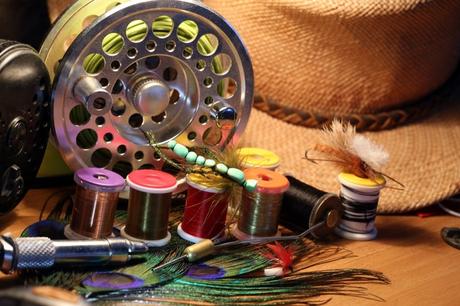

Choosing the reel's size is easy to compare to determine the size of the line that you need. The lighter the lines, the smaller the reels that you need. The ten-pound test lines may not be applicable for saltwater fishing, but they have the highest diameter and strength in spinning reels.
If some of your targets include a walleye or smallmouth bass, an 8-pound fishing line will be more than enough, especially if you need a bit of average strength. When you are choosing online or in stores, you can see the following information:
- Model Number - MCT 30
- Ball Bearings - 3+1
- Max Drag - 11 Lbs.
- Reel Weight in Ounces: 10
- Line Capacity: 8/225
- Recoveries: 24" per turn
The figures are just examples of what you can expect when buying reels. Ensure that the reel you are buying has been subjected to the pound-line test by checking the "line capacity" information. There's a product chart where you can compare some features, and they will typically display the average line capacity. You may see some products that say "8 LB/225 YDS," which is well-suited and set-up for 5 to 8-pound lines. Learn more about setting up the reel and rod here: https://www.instructables.com/How-to-Setup-and-Use-a-Spinning-Rod-and-Reel/.
Understanding the Ratio Further
Unlike casting reels where the spools are usually rotating, the spinning reel's spool is fixed. The bail wraps the line as you are turning the handles when fishing. When you discuss spinning reels, the gear ratio is essential, and this refers to the rotation of the bail around the spool when you turn the handle once.
A 4:1 ratio is considered slow as only a small line is picked up when you crank the handles. Some takeaways that you can get from this is that in a 6:1 ratio, you can speedily retrieve the line and have more torque, especially if you are against a large fish. You can get the medium-speed ones, but it will still depend on the style and species you want to catch.
